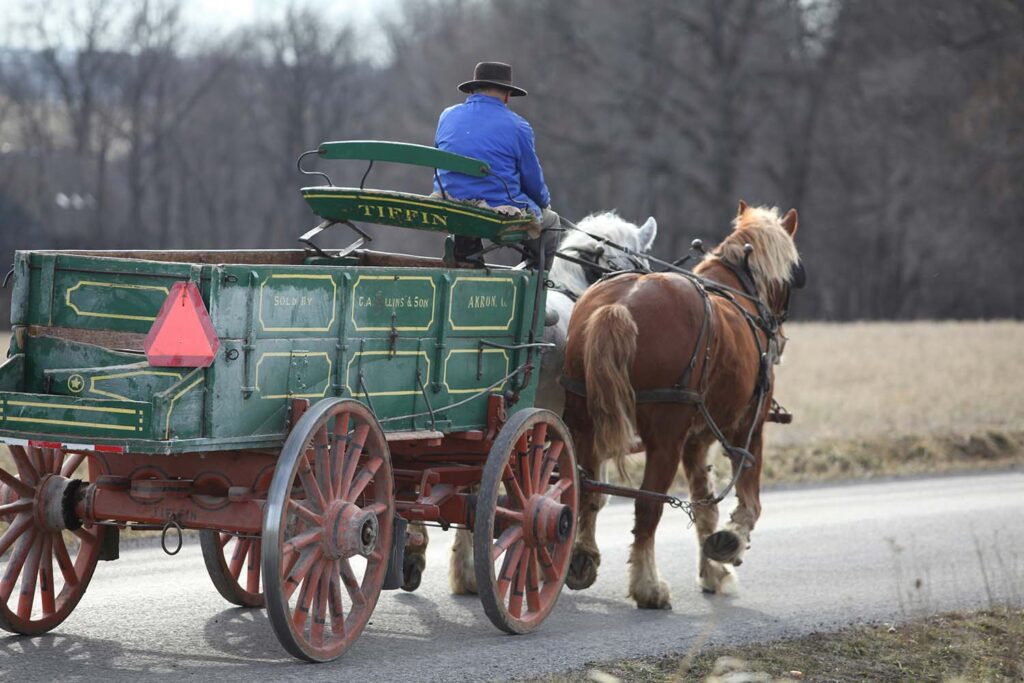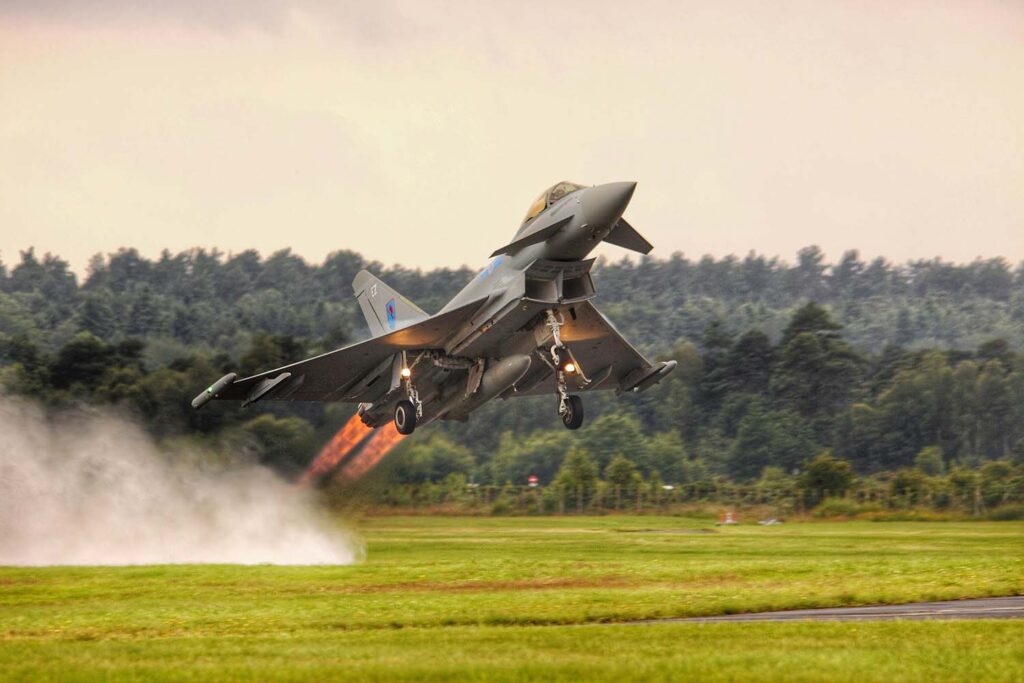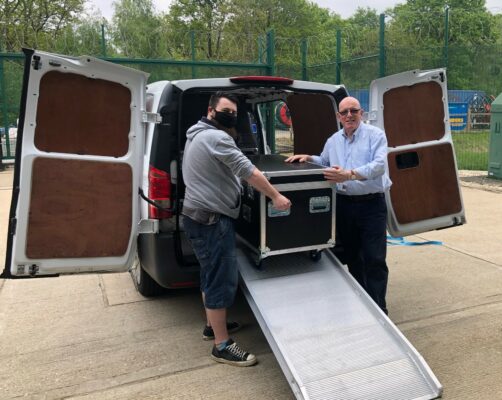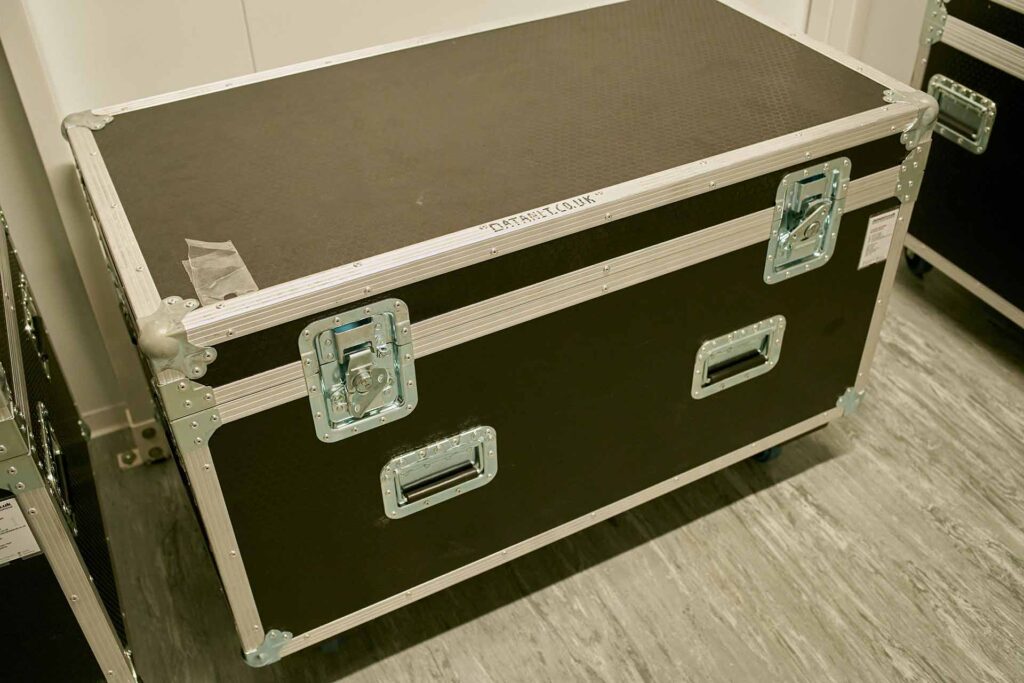From horse and cart to modern day supercars.
From the donkey and cart speeds of dial-up modems in the mid-90s, to FTTC in the mid-2010s, we’ve seen Internet connectivity get exponentially faster over the last 20 years. Datanet’s MD, Conleth McCallan takes a trip down memory lane and a trip in the fast lane.
The days of dial-up modem
When Datanet started in the mid-90s the fastest and only way to connect to the Internet was by dial-up modem. Dial-up speeds were typically either 28.8kbs or, later on, 56kbs.
To help put this in perspective I am going to relate this to a donkey and cart speed of a leisurely 1MPH.
Towards the end of the 90s, Datanet was providing businesses with two channel 64kb ISDN for Internet access at bonded speeds of 128kbs. So in my donkey and cart analogy this equates to a heady (nearly) 5MPH.
A big improvement and ISDN also had the added advantage that it is digital so connections were instant, unlike the dial-up modem which did a lot of squawking before it got connected.
The introduction of broadband ADSL
In the late 90’s and early 2000’s, BT introduced broadband ADSL on their (old) 20CN (twentieth century network). Broadband ADSL was significantly different in that:
First generation ADSL was available as a 512kbs download service (lets say a galloping horse speed of nearly 20MPH) all the way up to a 2000kbs or 2Mb service, or a faster than cheetah speed of some 80MPH.
Now we’re beginning to get faster.
Speeds dependent on the copper network
Later on, around 2004, came the first of the “up to” ADSL services. Delivered over the PSTN copper telephone network and very dependent on the length and quality of the copper from the BT Exchange to the premises (or home).
So where the length was short and the quality of the copper was good, speeds of “up to 8Mb” could be achieved. Which means Datanet clients were now benefitting from high performance super car speeds of “up to 285MPH”!
Meanwhile, BT were also developing their 21CN (twenty first century network) and deploying it across UK exchanges.
The 21CN network allows the provision of ADSL2+ with speeds of “up to 24Mb” or a near land speed record of some 500MPH.
Today we are benefiting from FTTC (fibre to the cabinet)
Remember I said that speed was determined by the length and quality of the PSTN copper? Well what about if you replaced most of that copper from the exchange to the cabinet at the top of your street with fibre, capable of transmitting data in large volumes at the speed of light?
We’re not quite at the speed of light, but fibre does provide a service of either 40Mb or 80Mb.
Using our same land speed analogy this means that – in just 20 short years – we’ve gone from carrying data at 1MPH on a donkey and cart to going at 2800MPH in a Eurofighter Typhoon fighter jet!
So who can get it and what’s next?
Well today you can check the availability of fibre at Datanet’s web site checker: www.datanet.co.uk/connectivity/datanet_dsl_checker/ or just call us on 0845 130 6010 and we’ll check for you. As at July ’14 around 40% of residential premises can get fibre.
If you want to go even faster then Datanet can provide a private circuit with speeds from 100Mb through 1Gb to 10Gb anywhere in the UK, usually to a business address.
A journey with Datanet
In the 20 years that Datanet has been providing Internet services to businesses we have seen many changes to the way we communicate and this has had a profound impact on our personal and business lives. It’s been a fantastic journey for all of us involved.
Conleth McCallan
MD. Datanet Ltd.








